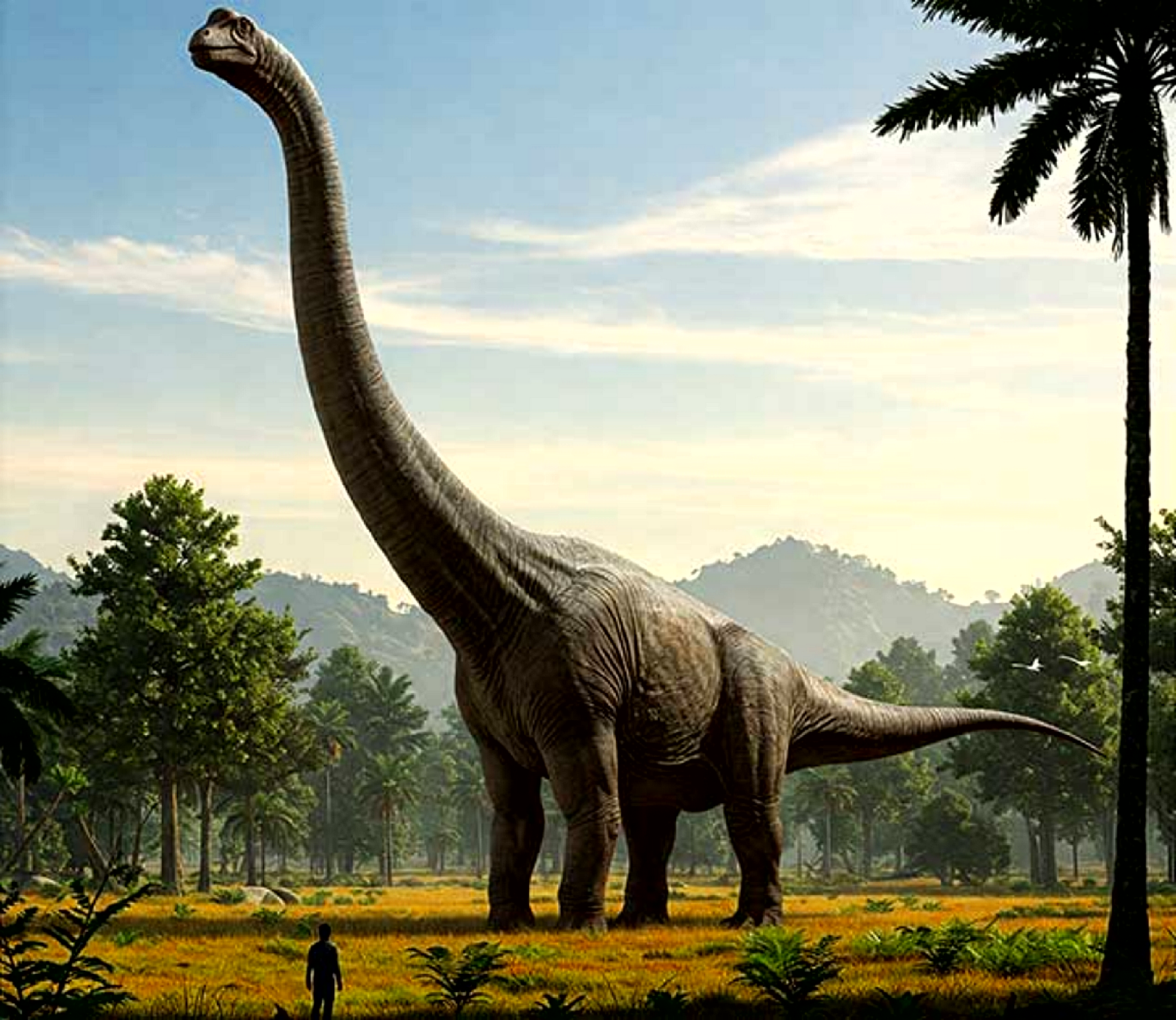The Mighty Giants of Patagonia: The Story of Patagotitan Mayorum paleontology

Long ago , during the Late Cretaceous period, the floodplains of Patagonia were home to one of the most awe-inspiring creatures to ever walk the Earth: P atagotitan mayorum These colossal dinosaurs were the largest known animals to roam the land, measuring an astonishing 122 feet in length and weighing up to 77 metric tons—more than 10 African elephants combined. Their story is one of growth, survival, and dominance in a prehistoric world teeming with life and danger. Born Small, Destined for Greatness Despite their eventual size, *Patagotitan* began life humbly. Hatchlings emerged from melon-sized eggs no bigger than a basketball. These tiny dinosaurs were precocial, meaning they were relatively independent from birth. Instinctively, they grouped together with siblings and other juveniles in herds for protection against predators. But even before they hatched, their eggs faced threats from a variety of cunning predators. Among these predators were snakes like...




